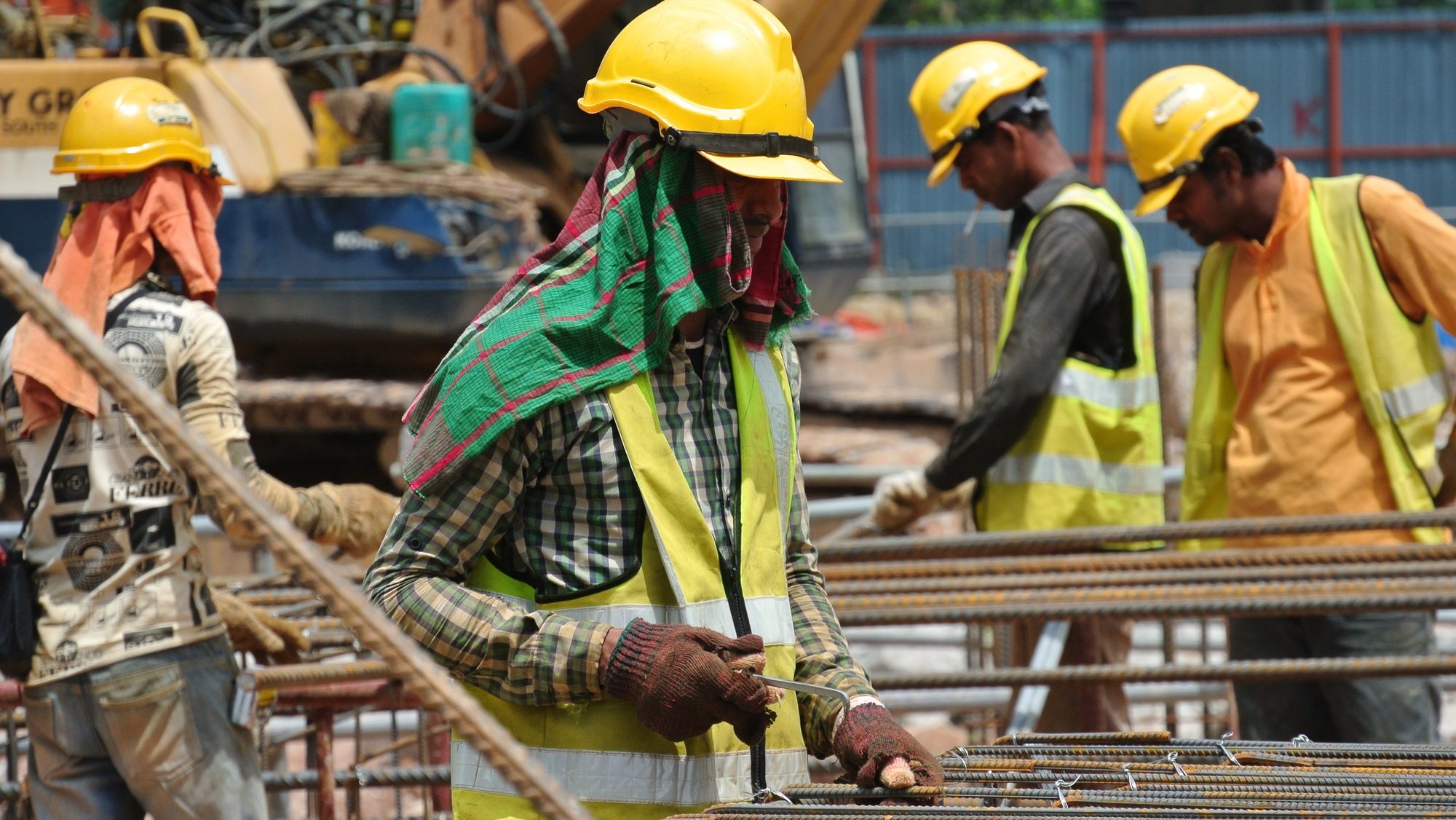SINGAPORE: The future of construction in Singapore is taking shape, as robots are set to play a pivotal role in building new homes.
According to a report published by Straits Times, starting in 2025, these machines will handle tasks like painting and plastering in about half of the upcoming Build-To-Order (BTO) projects. They may even take on inspection and remote supervision roles soon.
To enhance productivity and safety
Speaking at the Housing and Development Board’s (HDB) professional engagement forum on October 23, Senior Minister of State for National Development Tan Kiat How emphasized that integrating robots into construction sites is a key initiative aimed at enhancing productivity and safety.
The goal is to boost overall productivity at public housing sites by 40% by 2030, with 26.2% of that target already achieved as of 2021.
The introduction of robots follows successful trials at several BTO sites, which have demonstrated significant benefits. For example, an architectural finishing robot tested at a Yishun North site increased productivity by up to 30%. This robot is equipped with sensors that enable it to navigate construction sites efficiently, applying finishing touches to walls and ceilings with precision.
Tan assured attendees—comprising architects, engineers, and builders—that HDB will support contractors unfamiliar with robotic technology.
The agency plans to collaborate with suppliers to provide competitive pricing on painting and plastering robots, making advanced technology more accessible.
While the efficiency of robots compared to human workers is still under review, some contractors have reported impressive results. Toh Chee Boon, deputy managing director of Hi-Tek Construction, noted that two painting robots at a MacPherson BTO site have tripled productivity.
“One worker can manage up to four robots using a tablet, allowing more time for other tasks,” he explained. These robots, developed by Chinese tech firm Legend Robot, are priced at around $120,000 each and can paint a four-room flat in about 90 minutes, compared to three workers who would typically take 70 minutes.
Tan also highlighted the Construction Transformation Project (CTP), which aims to achieve a 25% productivity improvement at two BTO projects in Tengah.
This initiative includes piloting an autonomous crane and advanced sensors that optimize the operation of conventional cranes, significantly expediting construction timelines.
During a media visit to the Tengah projects on October 17, the innovative autonomous tower crane was seen efficiently lifting precast components, showcasing the potential of robotics in modern construction. The integration of crane machine guidance technology also allows multiple cranes to work closer together, enhancing efficiency.
Technology still cannot replace humans
Despite these advancements, Tan acknowledged that technology cannot replace the essential human elements involved in planning and constructing homes.
He reaffirmed HDB’s commitment to ramping up the supply of BTO flats, particularly in the wake of pandemic-related delays.
Since 2021, HDB has launched nearly 83,000 flats and aims to reach a total of 100,000 by the end of 2025. Recently, 34,500 BTO flats across 43 projects have been completed, with 2,800 flats launched in 2024 featuring shorter waiting times of around three years.
As the construction landscape evolves with robotics, HDB remains focused on balancing innovation with the human touch essential for creating vibrant communities.

